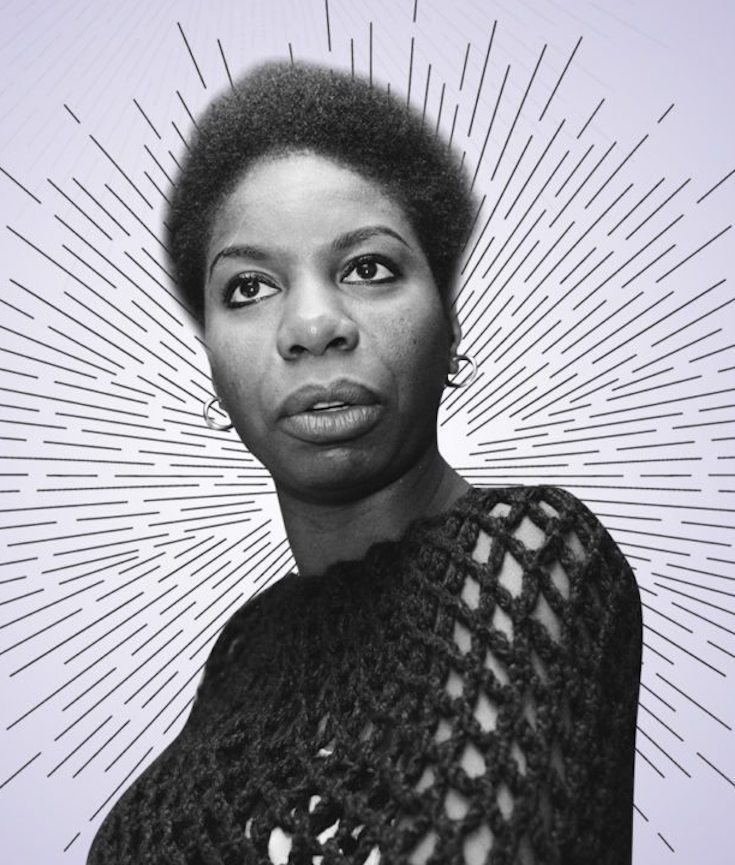[dropcap]The[/dropcap] Rock and Roll Hall of Fame has honored Dr. Nina Simone and Sister Rosetta Tharpe by selecting them for induction in 2018, 15 and 45 years after their respective deaths and alongside living artists like Bon Jovi and Dire Straits. Much has been written about Nina Simone—née Eunice Kathleen Waymon—and her daughter, singer Lisa Simone Kelly, is working on a two-volume autobiography—so you don’t need me to tell you about Nina Simone. [mc4wp_form id=”6042″]
That said, Nina Simone was one of the ones who got away—in the context of my journalistic activities. Back in November 2002, when I was, amongst other things, features editor of Vogue Hommes International in Paris and we had decided to feature Nina Simone in the magazine, I tracked down her assistant, Clifton Henderson, who put me on the phone with Simone herself, reminding me in no uncertain terms to address her as “Doctor” Simone.
Nina Simone agreed to be interviewed at her home in the South of France but imposed one condition: “I want one of my people to do it.” What did she mean? “A person of color! Do you know any journalists of color?” Of course I knew great black magazine writers, but under the pressure, my mind went blank. I couldn’t tell her yes without being able to name them, could I? How would that look?

So I tried my luck: “Well, Dr. Simone, I’m Irish so I’m practically black.” The deafening ten-second silence that followed seemed much longer as Nina Simone probably considered insulting me before hanging up or just hanging up. “Nice try!” came the reply, with what may have been a snort of laughter. I hope it was. “It will have to be a person of color. But you can come too.”

Lisa Simone laughed when I told her this story. However, the reasons for the project’s failure weren’t so funny. When I announced the coup at an editorial meeting attended by the new and rather traditionally inclined president of French Condé Nast, everyone was pleased until I mentioned the condition Nina Simone had imposed. “We don’t mind having them in the magazines sometimes but we can’t have them working here, can we?” I waited for the smile that would indicate that it was a joke, albeit a clumsy one, but nobody was smiling.
My relationship with the management went downhill rapidly after that and I was sacked in March 2003. I got back in touch with Clifton Henderson about interviewing Simone for another magazine, but she was, he said, too tired at the moment. Nina Simone died the following month of breast cancer that had spread into her vital organs. Despite fighting her cancer for six long years, she had carried on performing as long as she could. Few people knew how ill she was. Here, Lisa Simone speaks exclusively with Fashion Unfiltered about her mother, the icon’s induction into the Rock and Roll Hall of Fame, and more.


You must be logged in to post a comment.